Discovering The Merits of Japanese Woodworking Tools

Japanese Woodworking Tools- Discovering their merits
When I first started woodwork in the early 1970s, I dabbled in a few different variations on the theme, one of which was sculpture and carving. I bought a decent set of Marples ‘Blue Chip’ sculpture gouges. I also purchased a fairly comprehensive set of Ashley Isles rosewood handled carving tools. Also on the list was a maul or two and some sharpening gear. Up until this point, I'd never tried out any Japanese woodworking tools but we'll come to that bit shortly.
Alas, the Grinling Gibbons' mojo didn’t surface or come anywhere near to raising its head over the parapet. Like so many of my early hand tool acquisitions, they got sold on and were replaced by cabinet making equipment.
However, one of the elements of cabinet work is sculptural, where flowing lines are embodied within the piece. This is perhaps best illustrated by the work of Hans Wegner in the late 1940s with 'the Chair'. Even after more than 60 years, it is still the most elegant place ever created in which to park one’s rear end.
Getting the job done
Much of this sort of work can be done with spokeshaves of which I have a pair, and a selection of rasps is also essential for getting into those tighter sweeps or bends. I have a few from a different source which are effective. However, no matter how good, (and there are some very good and very expensive handmade ones available) they still leave a finish which has more in common with a ploughed field than the shimmering silkiness of a finely finished wooden surface.
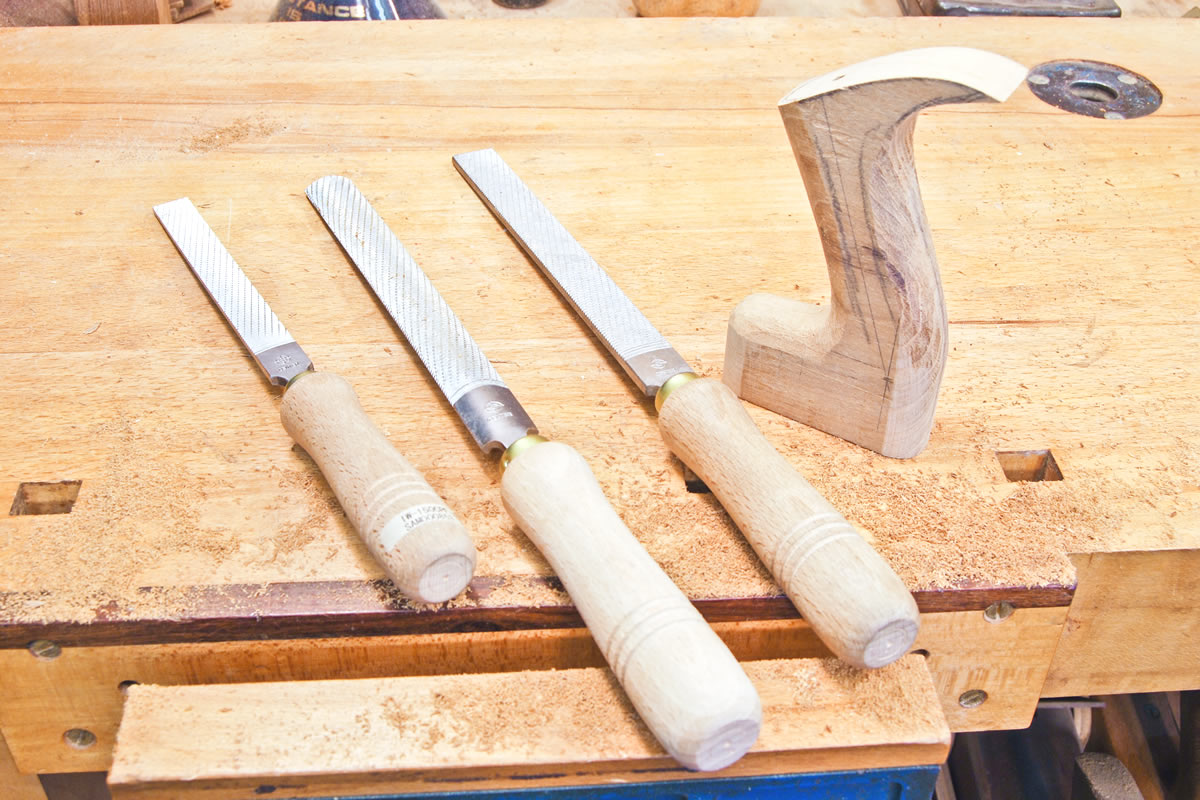
Discovering Japanese Woodworking Tools
In view of this poor finish from a conventional rasp, it was suggested that I try out some of our Japanese carver's files as they’re a bit different, but quite how different was a revelation. Unfortunately, I didn’t have a current project that was suitable. That was until I suddenly remembered that I had a plane requiring a new handle. I had some suitable bits of teak that would suffice. I cut some off for the front turned knob and the rear tote to leave a little extra to grip in the vice.
It has to be said that initially these Japanese woodworking tools don’t look like much. Firstly, there’s no needle sharp, fearsome gnarly teeth as you’d expect with a conventional rasp. Instead, there's just rows of slightly curved, innocuous looking serrations. In fact, they are rather mundane and a bit boring.
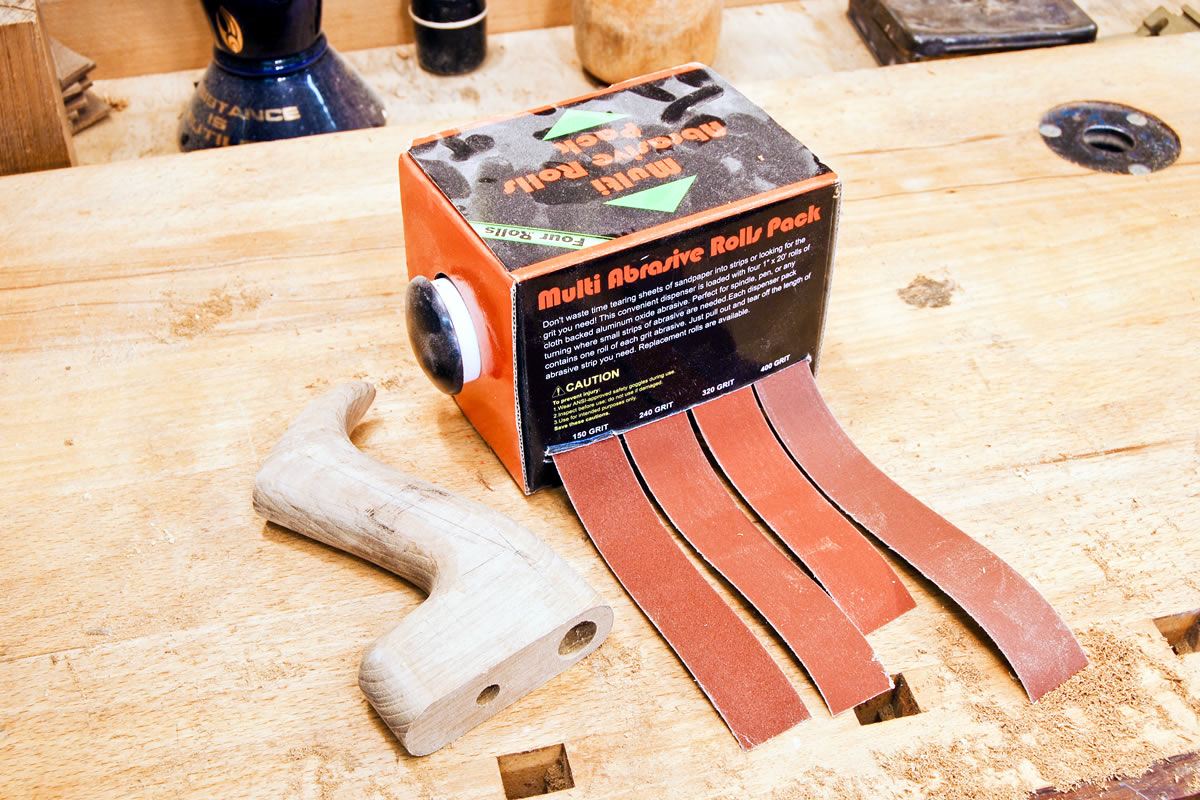
Like a lot of Japanese woodworking tools, it’s only when you use them that you realise they’ve created something quite exceptional. The cut is extremely aggressive. At the same time, the finish is so polished it requires no more than sanding. I used some strips of sandpaper to smooth the tote to the required profile and after a bit more ‘fiddling’ it was ready, together with the front knob, to be fitted to the plane.
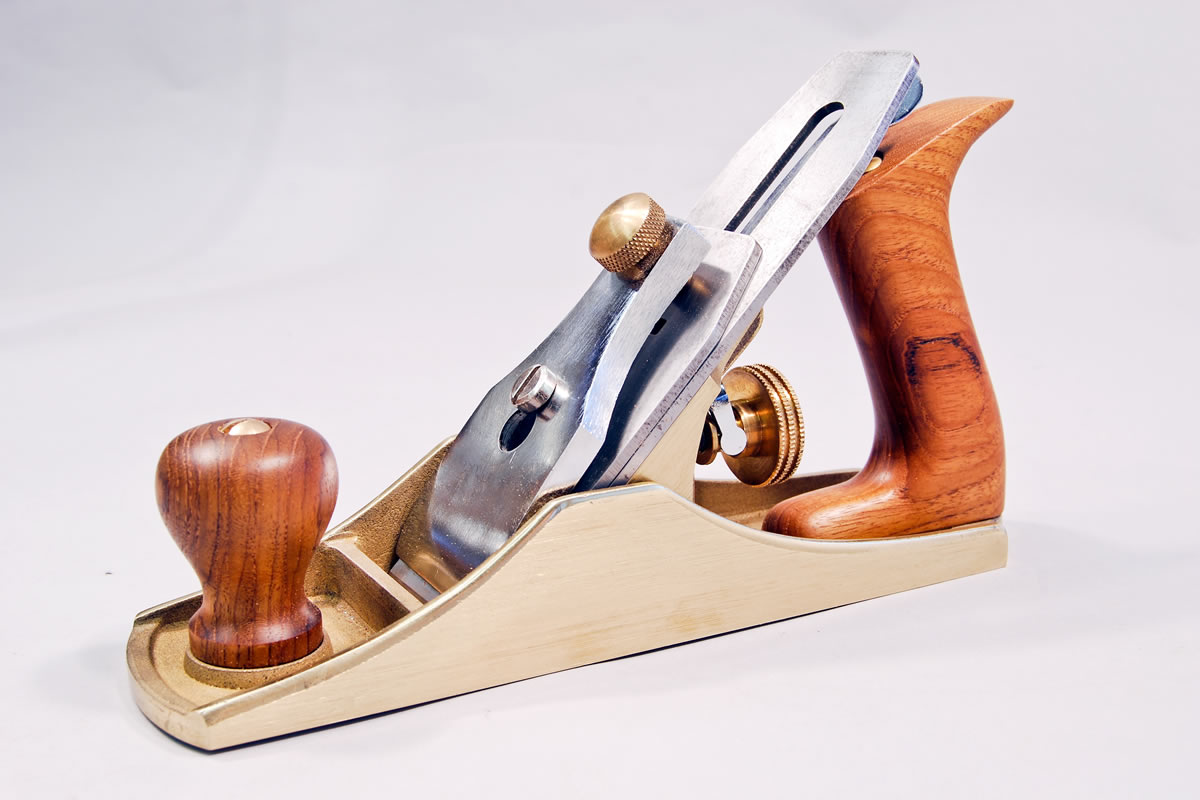



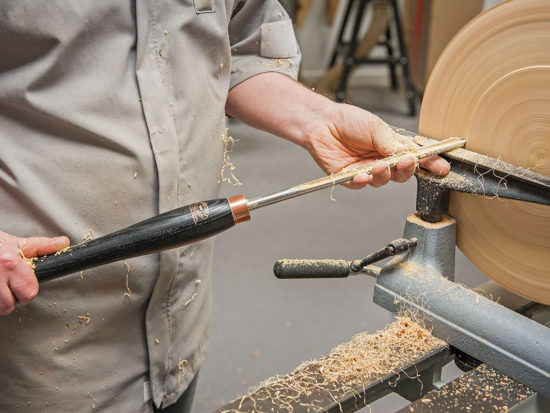
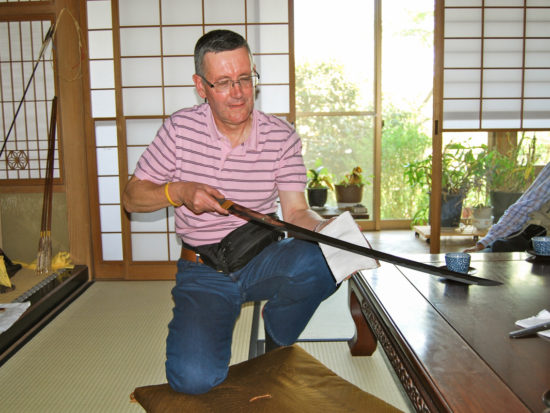
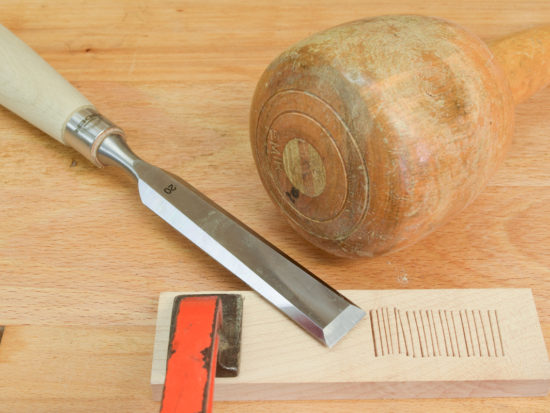
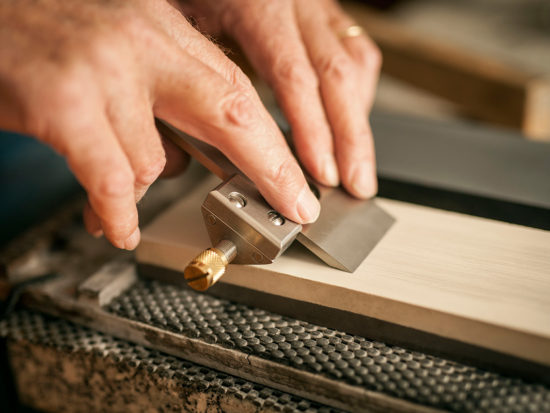
Do they cut on the pull stroke like Japanese saws and planes?
These files cut on the 'push' stroke but are very deceptive in the aggressiveness of the cut. They also leave a very good finish behind.